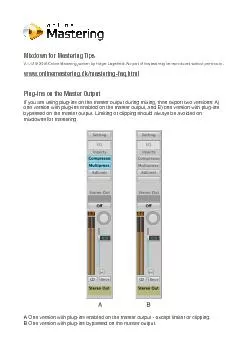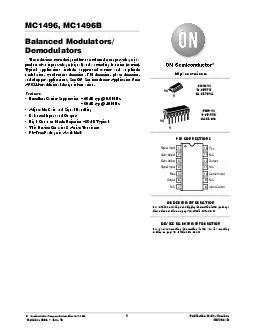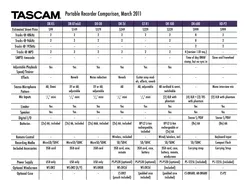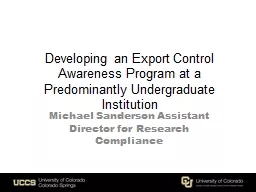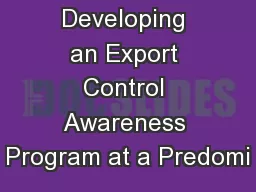PDF-44.1 kHz or higher.! Only export in higher sample rates than 44.1 kHz
Author : phoebe-click | Published Date : 2015-09-01
or click sounds occurHere are some common problems and solutionsThe mix is overloadingclippingYour master output is too loud Simply turn down the master fader There
Presentation Embed Code
Download Presentation
Download Presentation The PPT/PDF document "44.1 kHz or higher.! Only export in high..." is the property of its rightful owner. Permission is granted to download and print the materials on this website for personal, non-commercial use only, and to display it on your personal computer provided you do not modify the materials and that you retain all copyright notices contained in the materials. By downloading content from our website, you accept the terms of this agreement.
44.1 kHz or higher.! Only export in higher sample rates than 44.1 kHz: Transcript
Download Rules Of Document
"44.1 kHz or higher.! Only export in higher sample rates than 44.1 kHz"The content belongs to its owner. You may download and print it for personal use, without modification, and keep all copyright notices. By downloading, you agree to these terms.
Related Documents

